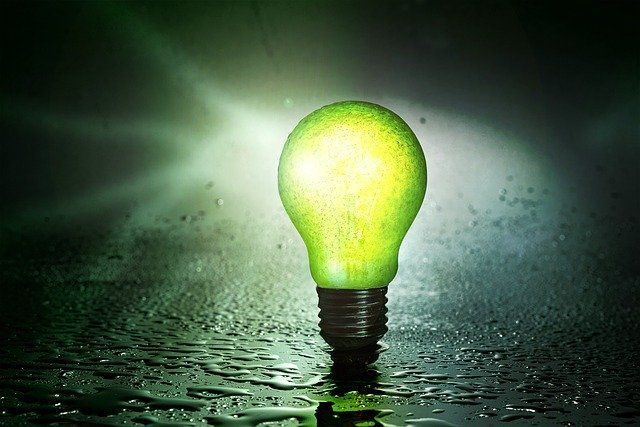The pandemic crisis has shown the vulnerability of society. Although the infrastructure was only affected to a very limited extent, energy production and distribution in particular are highly critical. "Renewable energies are much less vulnerable than other energy sources and will therefore become the backbone of the energy supply," says Markus W. Voigt, CEO of aream Group.
There are several major trends that will cause the demand for green electricity to rise strongly in the coming years. "In principle, the switch to electromobility is accompanied by increased power consumption," says Voigt. "But if e-mobility is to be really environmentally friendly, green charging electricity must be used". In addition, more and more companies, municipalities and states are formulating CO2 neutrality as a goal - this, too, can only be achieved through the growing use of green energy.
Digitization also leads to higher power consumption. "During the pandemic shock, we saw that digital offers came through the crisis better," says Voigt. "However, this is only true as long as the electricity flows." The corona virus has put society under pressure in an unexpected way. The reactions to it were strong and there is reason to believe that this threat can be reduced or eliminated by vaccines or drugs. "Another threat has been known for some time, has been pushed out of consciousness by the virus, but is now reclaiming its place with force: climate change," says Voigt.
Parts of the critical infrastructure, especially in energy production, are poorly prepared for climate change. "During the hot summers, many nuclear power plants had to reduce their output or even be shut down because the rivers did not have enough cooling water - or were already too hot," says Voigt. Process cooling water is also indispensable for power plants that use fossil fuels. "Even with coal or gas, warm summers can lead to outages."
In addition, the large, centralized power plants are susceptible to other climate-related risks. The management consultancy McKinsey lists risks such as rising sea levels, floods, hurricanes and tornadoes, droughts, heat and even fire. "The McKinsey Global Institute examined how such events would affect the various elements of the infrastructure," says Voigt. It is becoming apparent that renewable energies have very low failure risks because of their decentralized nature, but also because they are independent of cooling water, for example.
For investors who want to minimize climate risks in their investment strategy, this means that in future they will have to invest more in robust systems such as solar and wind. "This not only protects the climate, but also means that we are less affected by future climate risks in the infrastructure segment," says Voigt.
"The expansion of renewables is continuing, they will take on an ever-greater role in the energy mix," says Voigt. "Especially in view of climate change, they are also becoming more important from a risk perspective for maintaining the entire infrastructure that depends on electricity.
PRESSEKONTAKT:
Leandra Kiebach
T: +49 (0)211 30 20 60 4-2
E: lk@aream.de
